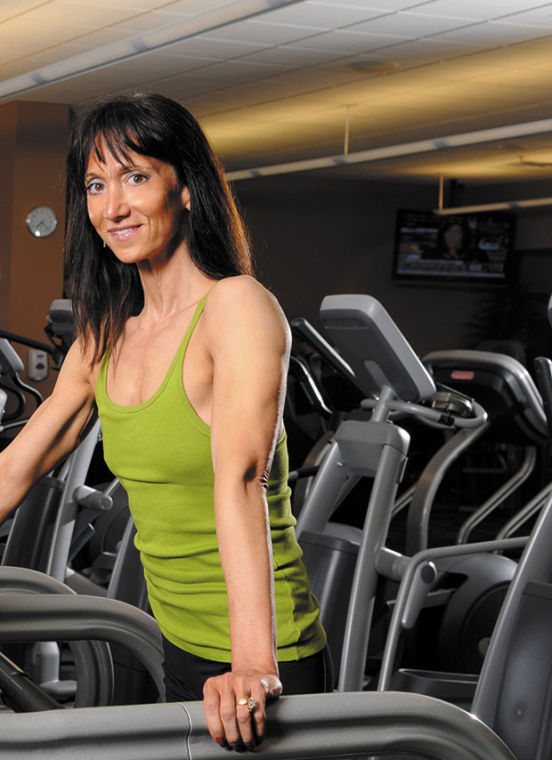The All-American Revolution: March on!
Published January 6, 2016
Without a doubt, American soldiers have always been among the top fighters in the world. Whether this is a function of mental discipline, tougher Commanding Officers, or being in peak physical condition is always in question. Perhaps it is some winning combination of all three?
While experts continue to debate this point, we can be assured of one certainty: the military’s practice of marching with a weighted pack on one’s back, or “rucking,” is a key component in the development of a strong and highly desirable soldier.
While it is not necessary to hike for 30 miles while donning a backpack upwards of 200 pounds, the premise of this exercise can be extrapolated to suit the average gym warrior. Simple in theory as well as in equipment, walking for a mere half-hour 3x/week with some weight in a regular school backpack can work wonders in a variety of health and fitness arenas, starting with the torching of extra calories and body fat!
From a structural perspective, walking or hiking while carrying a weighted pack helps to maintain an upright torso, relieving the back muscles from doing all of the supportive work. When less compression is placed upon the spine, forward flexion is reduced, and with this comes a lessening in disc inflammation. Movement becomes easier in the absence of back pain.
“Rucking” is a guaranteed method of turning a simple walk into an endurance-boosting, heart-healthy activity. The benefits derived from rucking have been compared to those of distance jogging, only with significantly less risk of impact-related injuries. By encouraging the development in hip alignment and postural stability, athletes usually observe an overall decrease in any typical sports injuries over time.
One of the most overlooked and underappreciated aspects of outdoor training is the opportunity to encourage the brain to develop new neural pathways. Navigating differing terrain and topography, clearly a shift from walking on a controlled treadmill, leads to different adaptations in thinking and gait resilience. Being out in nature, too, can provide a sense of well being difficult to attain while training indoors.
If we are willing to clean out that back storage room in the basement, chances are good that we’ll find a discarded backpack from our college days. Fill it up with as much weight as you wish to tackle — no need to go overboard on your first day of rucking! — and hike, hike, hike!!! You may be sore for a few days in places that may be unfamiliar, but what do those elite soldiers always say?
“Pain is nothing more than weakness leaving the body!”















